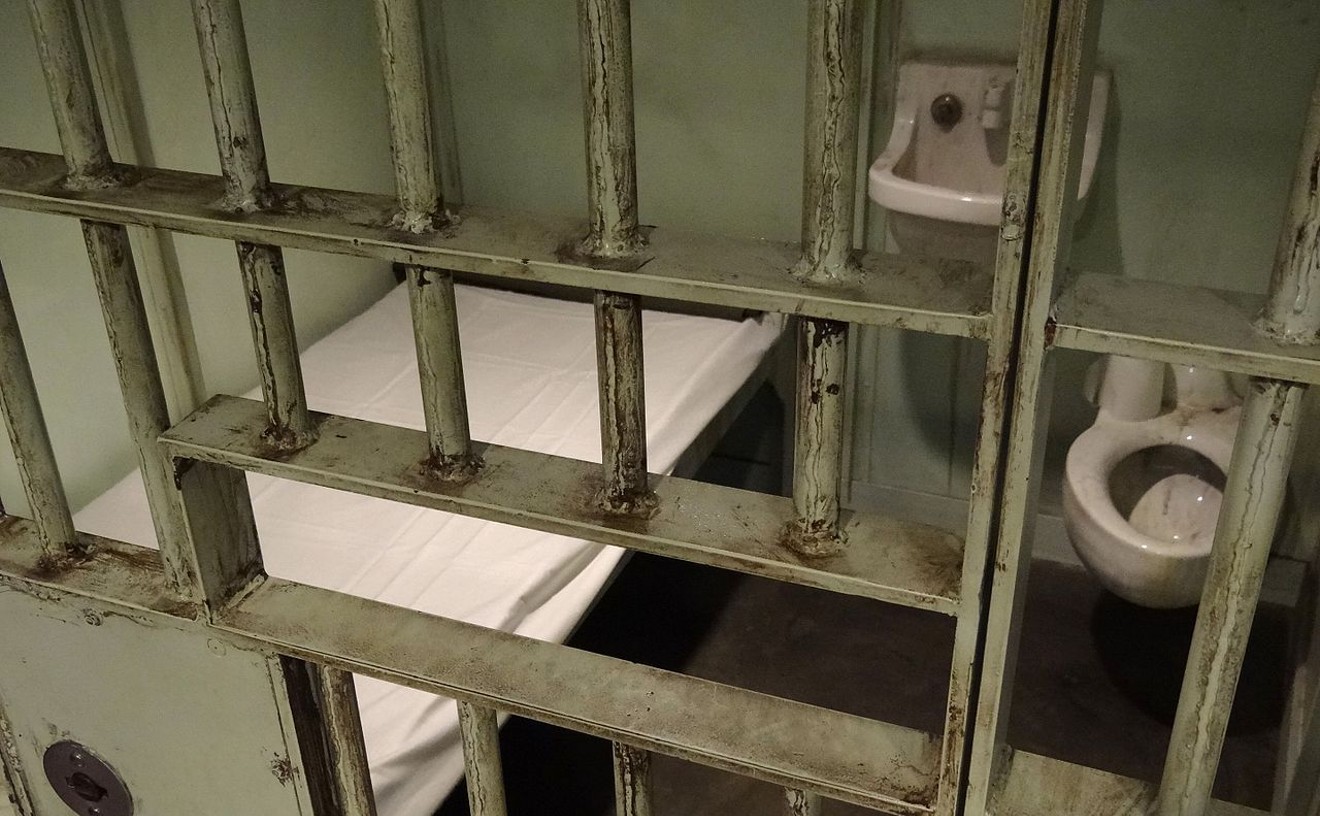The longer the Dallas-area light rail system is around, the less of a habit it becomes, according to a story in this morning's Dallas Morning News. The trend over the years has been for ridership to diminish at many stations after people get over the novelty of a train station nearby.
In Michael A. Lindenberger's story, a DART executive and a former board chairman are quoted saying they think the solution is for the agency to keep doing what it's doing -- but even more consistently -- and for riders to get to know them better. That, and they're probably going to raise fares.
The main thing, they tell Lindenberger, is just to keep a steady course. "... we are moving into a period of system stability," says DART CFO David Leininger, " and we should begin having a better line of sight on ridership."
Interesting. Over a period of 30 years, the most consistent message from the market is, "We don't like this. We won't use it. It doesn't do anything for us." And DART's response is a strategy of full-steam ahead.
Because, how much harm can DART suffer from a little thing like consistent overwhelming bad market response? After all, they've got a fat juicy revenue stream from a regional sales tax to keep them dry.
It puts me in mind of one of my own favorite chief executives in history, Ed Smith, the commercial ship's captain who famously said in 1907 that he could not "imagine any condition which would cause a ship to founder. Modern shipbuilding has gone beyond that." Ed, of course, went on to become the captain of the Titanic.
So here in this morning's newspaper, accompanying this sad tale of consistent failure, is a map of all the light rail lines we've built at enormous expense over the last three decades, trailing out over the vast suburban tundra like untied shoelaces, and nobody -- not the DART people, not Lindenderger -- asks what might otherwise seem to be the unavoidable question: Is there something fundamentally wrong with the system?
Maybe nobody remembers that back at the very beginning of DART, a few prescient board members -- Adlene Harrison and John Tatum, in particular -- begged their colleagues not to throw all that money down on spindly little rail lines into a low-density land of sprawl that had no inkling of a connection to mass transit.
Harrison and Tatum urged the board to forgo the suburban sales tax money -- don't take their money, don't get married to them, go it alone -- and build instead a tunneled heavy rail system in the center of downtown.
The idea was to use rail to enable a new way of life -- life without cars, a life of walking and train-hopping -- developed in the disused office towers of downtown. Then, if and when that center of gravity took on proper momentum, it would become the hub for radial light-rail collector routes spun out into the rest of Dallas proper.
But DART couldn't turn away from the lure of that suburban sales tax money. So they brought the 'burbs in, took their money and eventually lost control of the agency to them. Since then, the suburbs have used DART as a kind of novelty attraction to boost development, on a par with those flailing tubular air-inflated figures you see out in front of car dealerships and furniture stores advertising a sale.
The outcome over time is plain to see. The mayor of Plano is quoted in Lindenberger's piece bragging about how much new development has taken place near the downtown Plano DART station. But the station itself has attracted anemic and dwindling ridership numbers over the years.
One assumes rents at the new Plano developments near the unused DART stop will begin to fade over time as the novelty wears off; the developers will look for new green fields to develop even farther out; and maybe this time instead of a DART station to draw attention they'll erect the world's biggest ball of string.
The bottom line is that DART is a failing agency. It is not bulletproof against market pressure, because at some point we're all going to get sick of feeding it every time we buy a candy bar. The political market will be its iceberg.
Maybe the dream of building heavy rail downtown to foster downtown living was a little too out over the ends of our skis, a bit too heavy on the social engineering. Maybe what we really need to do now is wait until tons and tons of people are packed into downtown, bitching about the lack of subways and waving $10 bills at us.
In the meantime, however, there is a short-range strategy that could pave the way for a smarter future. We still need to build a second rail line downtown. Everyone seems to have forgotten that.
When we do remember, we should also think about using the second downtown line as training wheels for the walkable, bike-able future of urban living. We need to jam it right up close to the existing line, no more than two blocks away, in order to create a compact district where people can hop trains in every direction quickly and safely.
We need a downtown in which residential towers can be built without car parking. That's what will get the rents down and the downtown population up.
As for the idea that DART should keep doing exactly what it's been doing and we riders should get to know DART better? It seems to me I've heard that notion somewhere before as a market strategy.
Somewhere very close to me. Where was it? Oh, yeah! Back in the '90s, people were saying the same thing in the daily newspaper business. How's that one working out, I wonder?











